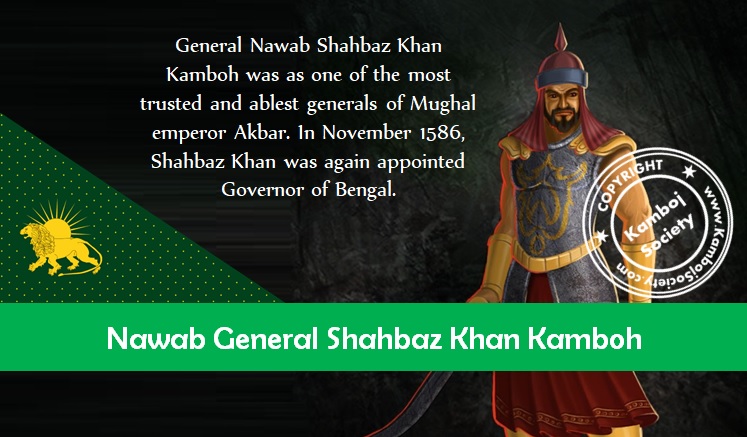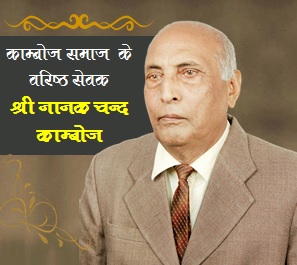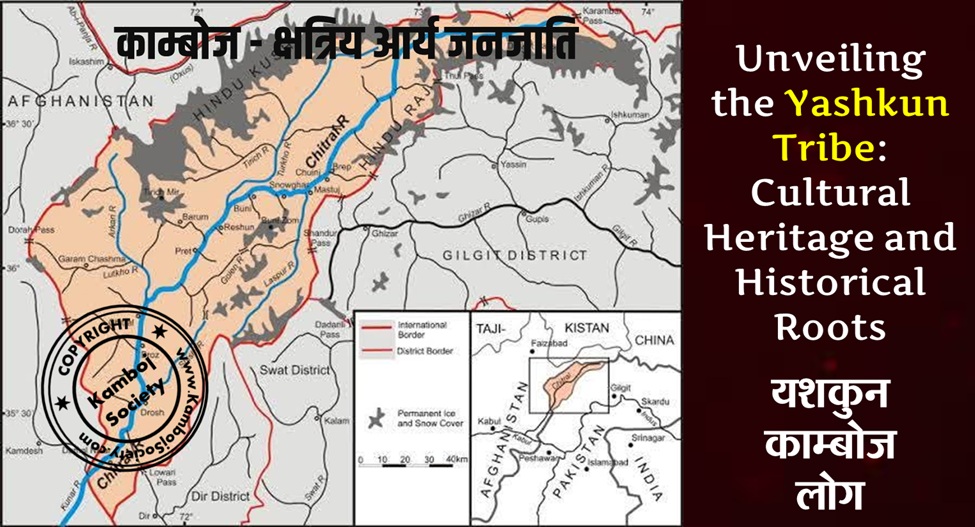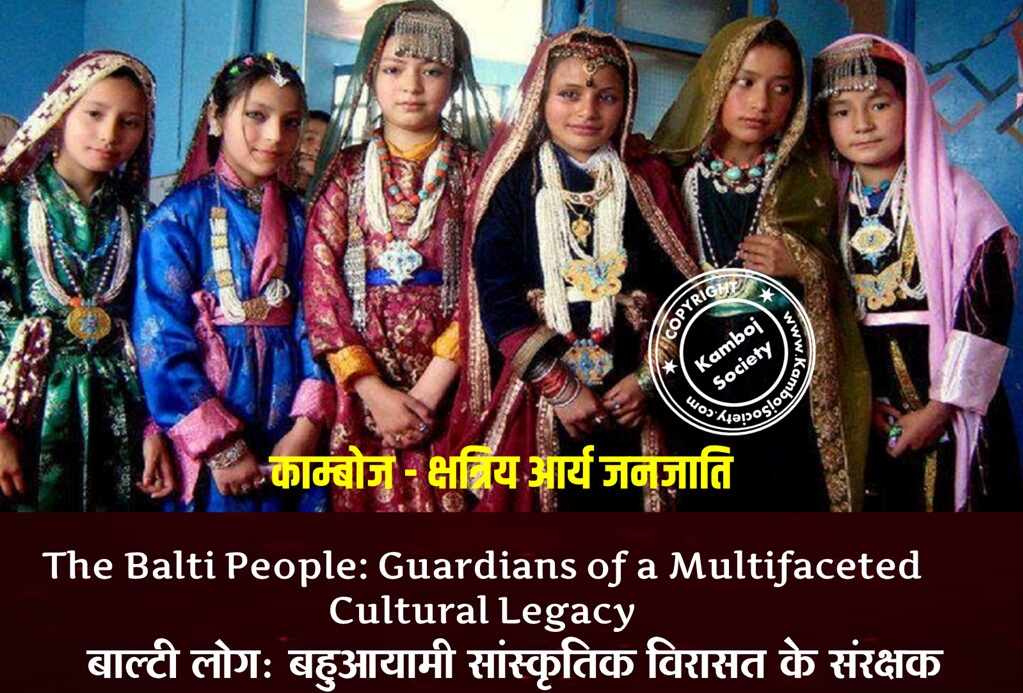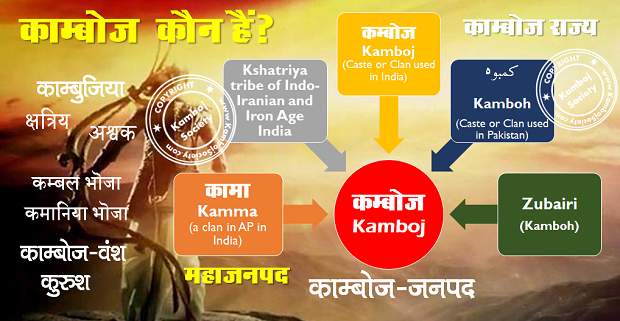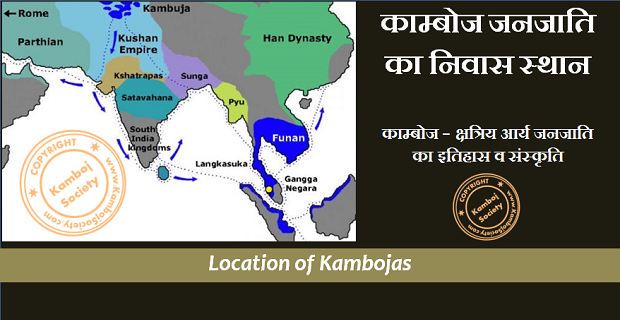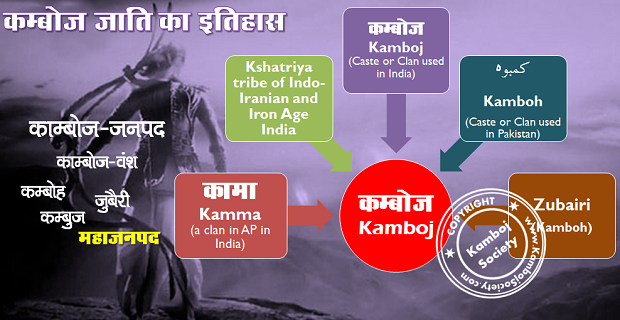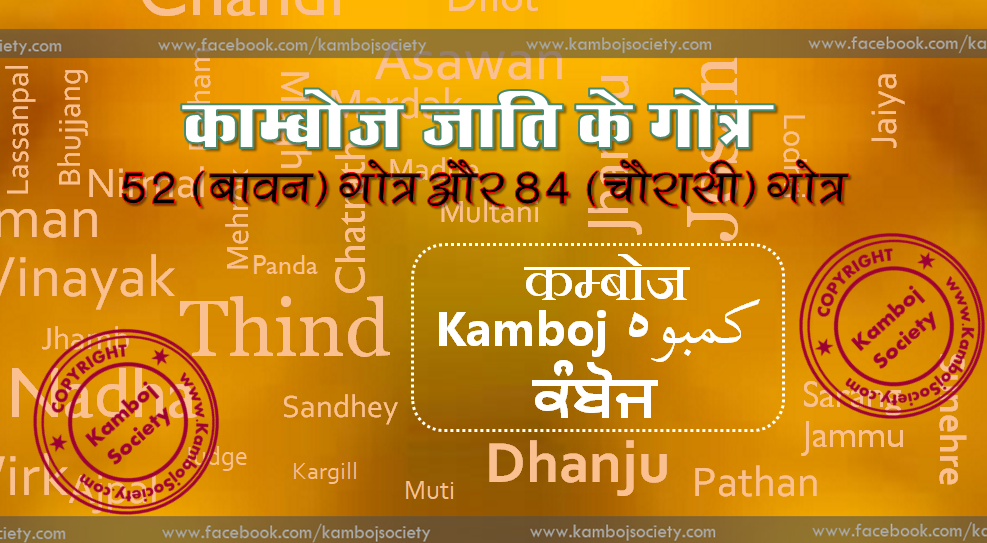Shahbaz Khan Kamboh (1529 – 11 November 1599) (शहबाज खान कंबोह) was one of the most trusted and ablest generals of Mughal emperor Akbar (मुगल सम्राट अकबर). His real name was Shahrullah and his sixth ancestor was Haji Ismail, a disciple of the renowned saint Bahauddin Zakariya of Multan. He had entered Mughal service during the time of Akbar, drew his attention and was elevated to the rank of Mir Tozak (Quarter-Master General) and later to an Amir. In 1572 he was appointed Mir Bakhshi (Paymaster-General) and the title of 'Shahbaz Khan' was conferred on him. As a Mir Bakshi, Shabaz Khan introduced the system of Dag-o-mahali which had considerably cut down the overheads as well as the corruption in the military departments of the Crownr. During 21ist year of his service, Shahbaz Khan proceeded against Kalah Rai and Maldeo Rai, the rebel Rathod Rajputs of Jodhpur and brought them under control. He also attacked the fort of Daigur which resulted in the deaths of numerous Rathods. Later, he also reduced the forts of Dunar and Siwanah and was made commandant of these forts by the Crown. During 23rd year of his service, Shahbaz Khan invaded Komelmer and subdued the pride of Rana Partap. Rana Partap escaped in the disguise of an ascetic to avoid the further wrath of Shabaz Khan. Bahadhur Khan-i-Shaibani and his brother Khan Zaman-i-Shaibani were Amir Viziers in the court of Akbar and both were holding big Jagirs. But they rose in rebellion against the crown. With the help of Shabaz Khan Khan, Akbar crushed the rebellion with an iron hand. General Khan Zanan-i-Shaibani was killed in the battle but Bahadhur Khan was executed by Shahbaz Khan Kamboh and Rai Bansi Das Kamboh on orders of the Crown [15]. The princes of Goganda and Udepore also submitted to him. Shahbaz Khan setup 50 police posts in mountainous regions and 30 in the plains to keep control over the rebellious Rajputs. On 18 May 1583, he was appointed Governor of Bengal. Initially, he had commanded 5000 men and had distinguished himself greatly in Bengal, but later when operating in Brahmputra, he had commanded 9000 strong cavalries (Aina-i-Akbari, Blochman's trans, I, p 399-402). On 15 November 1583, he defeated Masum Khan Kabuli and compelled him to flee to Bhati while Jabbari, an ally of Masum Khan, fled to Kooch Bihar. In 1584, he led an expedition against Isa Khan, initially achieved considerable success and even ravaged Katrabo, Khizirpur, Sonargaon and Egarasindhur but finally suffered a defeat in the battle of Egarasindur and Bhawal and was forced to turn back to Tanda. With reinforcements sent by Akbar, Shahbaz Khan again marched towards Bhati in 1586 and defeated Isa Khan and forced him to come to an understanding with the Crown. In November 1586, Shahbaz Khan was appointed Bakhshi (Paymaster) of Bengal in which capacity he served for two years before leaving Bengal in 1588. Shahbaz Khan Kamboh had also subdued the pride of Raja Ram Chander Sain, Rai Surjan Handa & Dauda, Raja Gajpati, Rana Sangram and the officers of Surat. He had participated in some of the most difficult expeditions of emperor Akbar and much of the territorial expansion of Akbar was due to General Shahbaz Khan Kamboh. Shahbaz Khan was a very able and efficient General and his military division was always found in excellent conditions. Shahbaz Khan died of illness on 11 November 1606 at Ajmer at the age of over 70 years. He was then on a military expedition against the Rajputs of Rajasthan. Historian Abu-L-Fazl Alami, the author of Aiana-i-Akbari, attests that Shahbaz Khan was a very competent and capable General but Abu-L-Fazal also accuses him of his Sunni fanaticism and arrogance. Many times, he strongly opposed the emperor, but Akbar had great regard for Shahbaz Khan and took it lightly. But once, the defiant Shabaz Khan had to be imprisoned and was released only after two years. Emperor Akbar tried his best to bring Shahbaz Khan and another General Qutb-ud-din Muhammad Khan Koka into his new faith known as Din-i-Ilahi but the move was vehemently criticized both by Shabaz Khan Kamboh as well as General Qutb-ud-din Khan. This had created obstacles in his promotion upwards. On the other hand, many incompetent and junior officers got promoted which they did not deserve. The 9000 strong cavalries of General Shabaz Khan is said to have comprised mostly the Kamboj horsemen which included both the Muslim as well as the Hindu Kamboj soldiers. The total annual expenses on his division were over 30 Lakh Indian Rupees during those times. Shahbaz Khan so much helped the Kamboj that no Kamboh was in economically bad condition at that time (Abu-L-Fazl Alami). He left behind a huge Jagir and treasure which was seized by Jahangir (Salim), son of Emperor Akbar.
General Karam Allah
General Karam Allah was the younger brother of Shahbaz Khan Kamboh and held a mansab of 2000 during Akbar and Jahangir's reign. He was a very religious, pure and clean person. He died in 1600 AD
General Ilham Allah
He was the son of Shahbaz Khan. Was Wasika Nawees at Baglana where he died after some time.
General Ranbaz Khan
General Ranbaz Khan was the second son of Shahbaz Khan. According to Tozik-i-Jahangiri, (p 248), Ranbaz Khan held a mansab of 1200 person. During the thirteenth year of his service, he was promoted as Wasika Nawees and Bakhshi (General) when he held a Mansab of 5000 persons. He continued to hold this position till the 20th year of his service.
General Zainuddin Kamboh
General Zainuddin Kamboh son-in-law of Shahbaz Khan Kamboh and was a sub-general under Amir Kutabbulla Khan (a 5000 mansabdar) which division had fought against Sultan Muzaffar Gujarati. General Kutabbulla Khan was killed in the battle and general Zainuddin Kamboh was arrested and tied to the feet of a wild elephant and crushed to death on orders from Sultan Muzaffar Gujarati.


